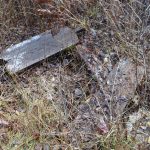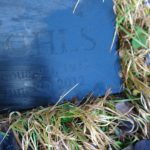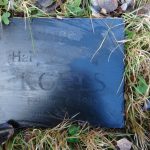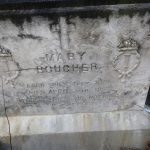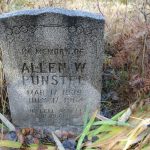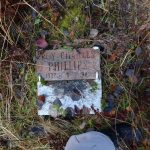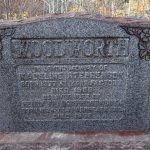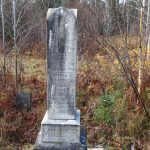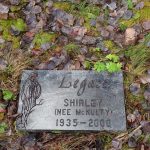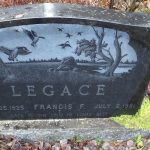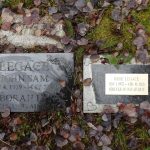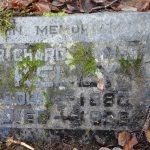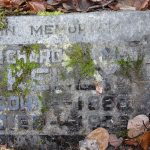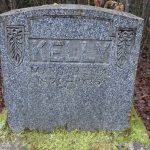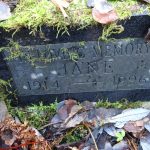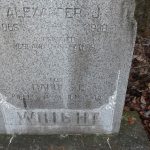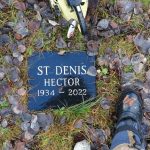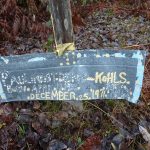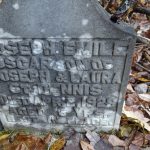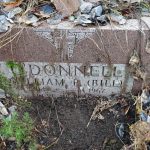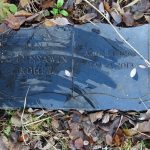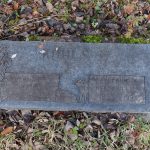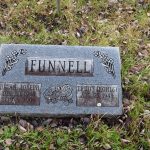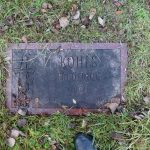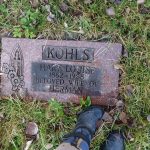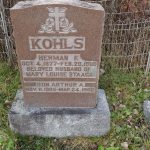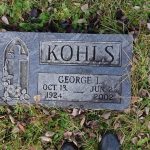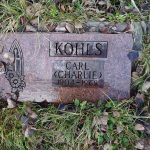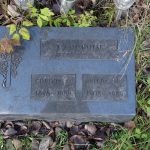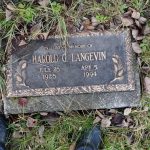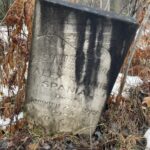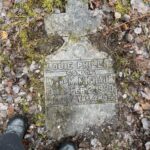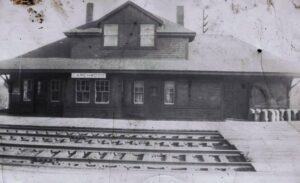History of the Former Benny Catholic Church
The church on the hill
1923-1969
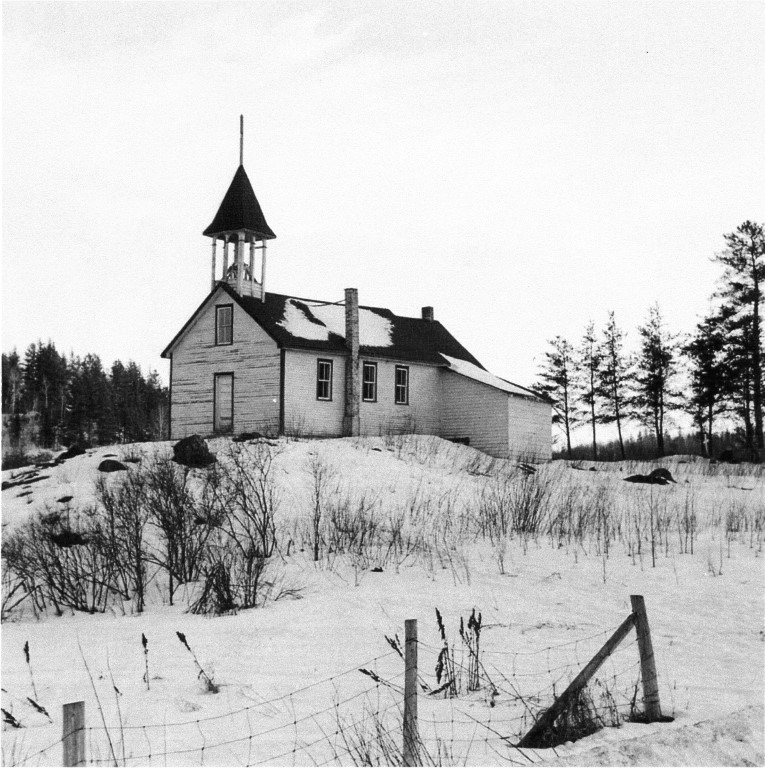
Often referred to as “The Church on the Hill”, the Benny Catholic Church was built around the year 1923 as a mission church of the Jesuits of Saint Anne of the Pines Parish (St. Anne’s) in Sudbury. It is believed that the Benny church also carried the name of St. Anne’s. The church was located at N46.78126° W81.63048°.
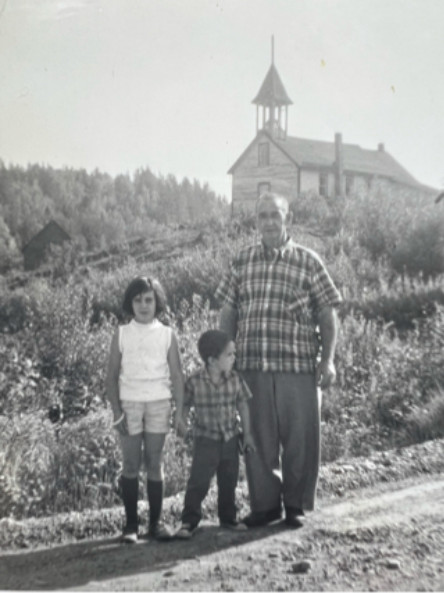
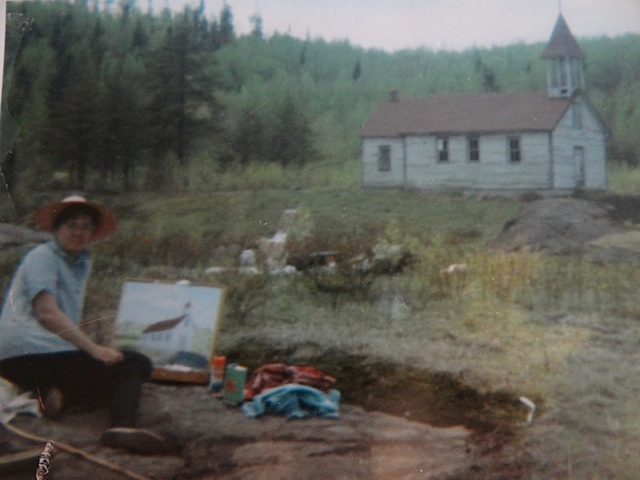
In 1925, the Jesuits gave up the mission church St. Francis-Xavier in Cartier and it became its own parish under the Diocese of Sault Ste. Marie. With the formation of the new parish in Cartier, the Benny mission was turned over to St, Francis-Xavier along with all other missions between Larchwood and Biscotasing.
A small cemetery was established to the rear of the church for the burial of infants and small children. Since the church and the cemetery were built on a hill, the Precambrian Shield rock was very shallow. It is likely for that reason that only small children were buried at the church. A larger cemetery was established further to the east on the outskirts of Benny.
The church closed its doors sometime between 1964 and 1967 and was eventually taken down and its materials repurposed.
Today, only the foundations remain of the church. The church and the cemetery have been reclaimed by the natural environment. The site is now privately owned and the area has been signed as “No Trespassing”.
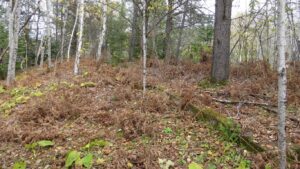
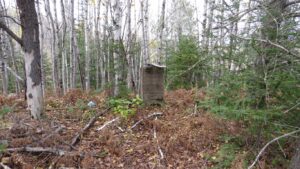
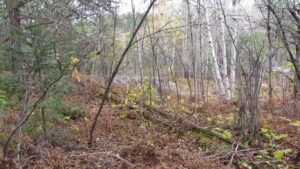

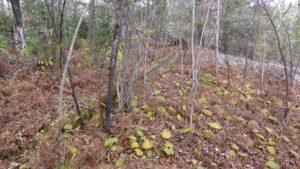
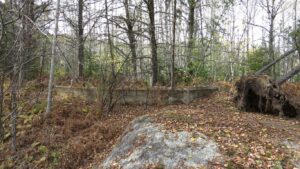
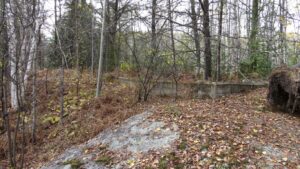
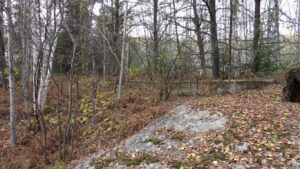
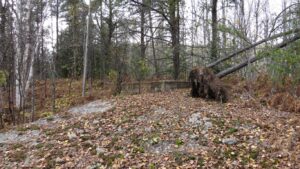
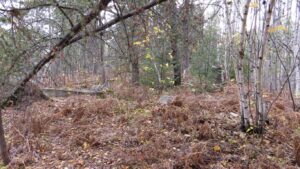
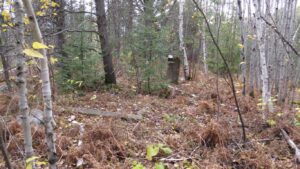

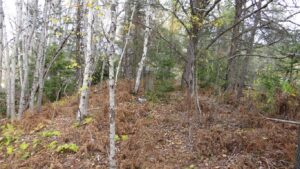
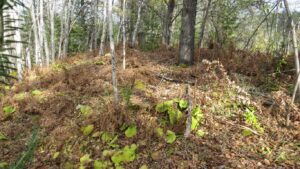
Benny - A Brief History
Prior to the arrival of the Europeans, the Anishnawbek people of the Sagomak and Atikameksheng First Nations occupied the territory which today is made up by the City of Greater Sudbury and the lands north of the City toward Biscotasing and Pogamasing. These people made a living on their traditional territories by hunting, trapping and trading. After the formation of the Dominion of Canada (1867) and the enactment of the Indian Act (1876), many of the First Nations people chose to continue to live on this land instead of the Reserves that were established under the Indian Act. Descendants of these first peoples still live in the area to this day.
When the construction of the Canadian Pacific Railway’s (CPR) transcontinental mainline reached Benny in 1883, the railway established a station named “Benny Station” after CPR’s Divisional Engineer W.W Benny. Benny remained more or less a whistle stop until about 1903 when a small saw mill was built by a local resident. The mill was purchased by the Strong Lumber Company and was significantly enlarged. The enlarged mill operations led to significant growth and by the end of decade nearly a dozen homes, a bunkhouse, cookery, station, two section houses, and a store were built. The town boasted a population of around 60 people. In 1909, the Canadian Postal Service established a Post Office in Benny, which was named “Pulp Siding”. The name “Pulp Siding” can be found on many official government documents of the time (birth and death certificates, marriage certificates, etc.).
About the year 1913, The Spanish Pulp & Paper Co. began logging pulp wood on Onaping Lake. Logs were brought to Benny Station and from there shipped to Espanola by train. The company assisted in the building of a sizeable depot that contained a bunkhouse, cookery, warehouse, blacksmith and stables for horses and livestock. There was also an office that later housed the post office.
By the 1920s, Benny had grown into an appreciable settlement with a population of around 150 residents. The community included a school, a boarding house (hotel) and a larger general store complete with a small diner.
In 1926, the mill was purchased by the Hope Lumber Company. Two years later, after the stands were cleaned bare, the mill closed. The closing of the mill meant a reversal of fortune for the town and the population shrank to about 60 people subsisting by trapping, or working in some of the area’s remaining lumber camps. That same year the Spanish Pulp and Paper Company merged with the Abitibi Power and Paper Company. In December 1929 Abitibi closed the paper mill in Espanola, along with all their bush operations. Although the shutdown was initially for a three-month period, the mill did not reopen until 1943 – 14 years later.
In 1920’s a large lead-zinc deposit was discovered east of Benny Station in Hess town ship. In 1927 the Geneva Lake Mining Company was formed to explore and develop the property. In 1933 the Lake Geneva Mine (locally known as the Towagamac) became a reality. However, due to poor markets, the mine remained largely idle. In 1935, as part of a relief project, the government finally pushed a roadway through to Benny that terminated at the mine site. The construction of the road, as well as other tourist operations, provided employment to the remaining residents of Benny.
With the outbreak of WW2 In 1941, Canada needed as much zinc as possible. The Lake Geneva Mine began operations to meet the demand for zinc providing new work opportunities for Benny residents.
In 1943 the Benny saw mill, which stood vacant for years, burnt to the ground. To add insult to injury, the mine closed unexpectedly in 1944 after the firm’s president perished in a plane crash. In its short three-year life, 10,389,646 lbs. of zinc, 3,598,411 lbs. of lead, and some silver were extracted for the war effort.
The town declined within the following decade. By 1954 the school had closed and the remaining children were bused to Cartier. The store closed along with the post office in 1956. Less than 25 permanent residents remained.
Around 1964 only a few homes remained occupied. Today Benny has a permanent population of less than 15 residents. Bell Canada removed the telephone lines to Benny, thereby terminating service to the few remaining residents. Today there is almost nothing left of Benny, save for a few original and a few modern cabins that remain occupied
Last Updated on: August 28, 2025



